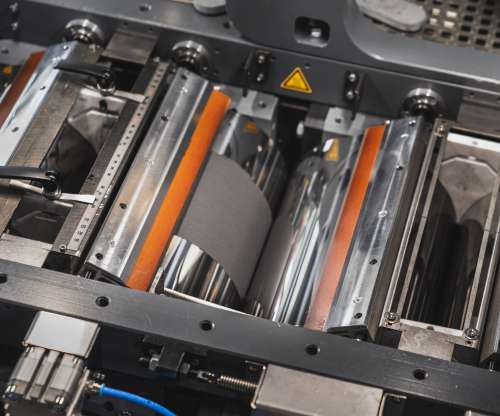UNSW team proposes hard carbons from automotive shredder residue as anode material for sodium-ion batteries
Green Car Congress
SEPTEMBER 11, 2023
Researchers from UNSW Sydney (Australia) report in an open-access paper in the Journal of Power Sources on the use of hard carbons derived from automotive shredder residue (ASR) as a suitable anode electroactive material for sodium-ion batteries (NIBs). The situation is much worse for graphite.
























Let's personalize your content